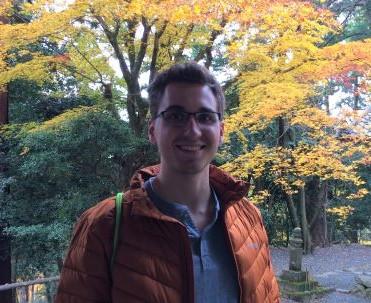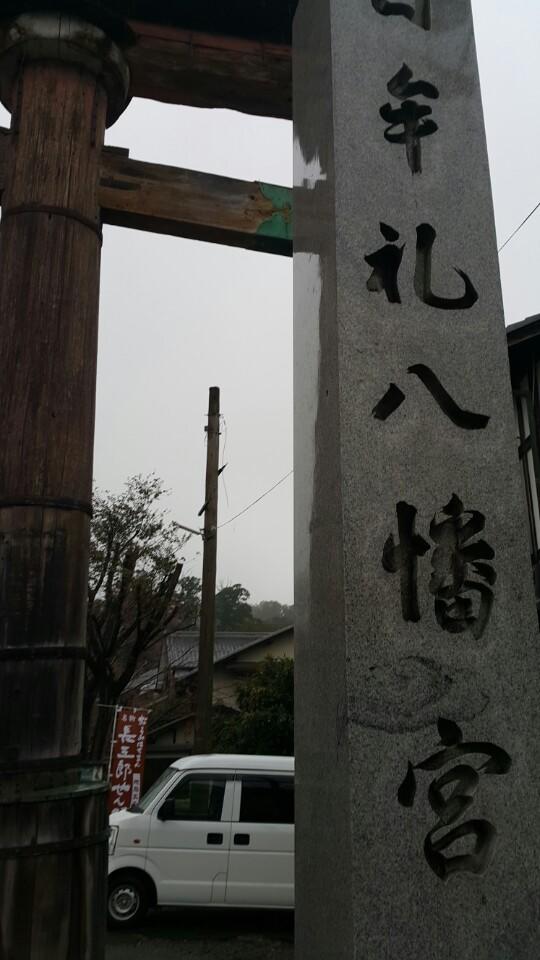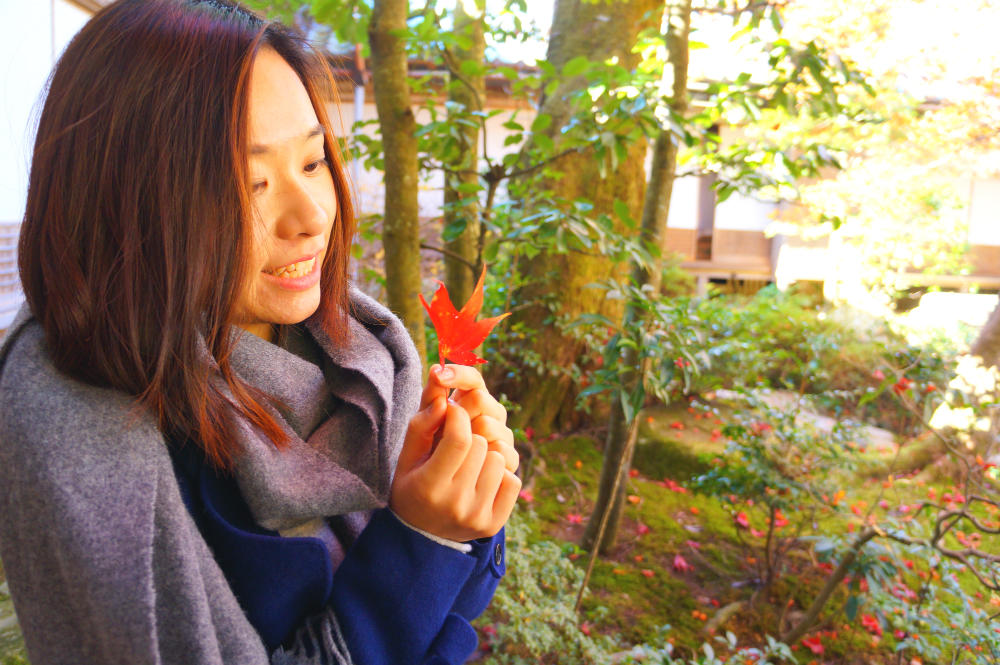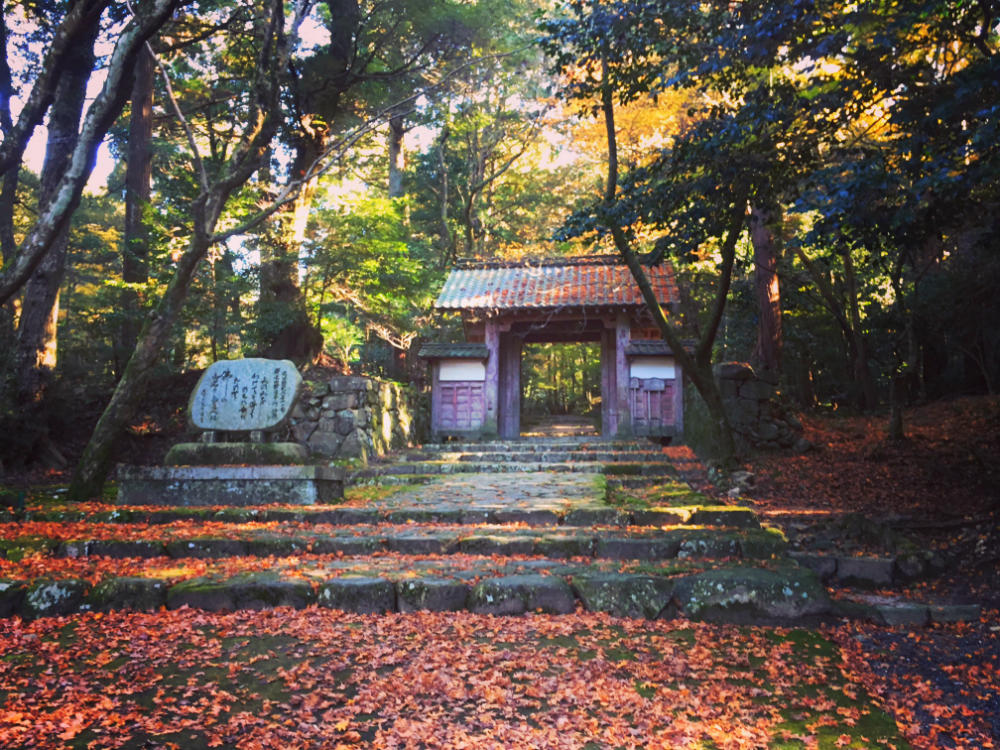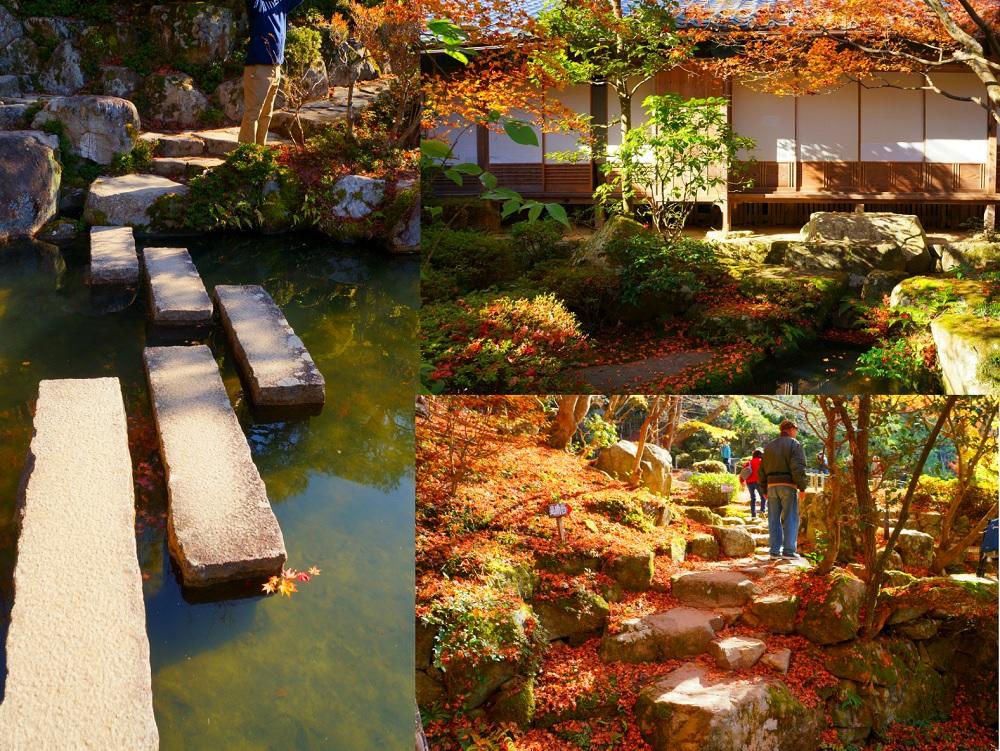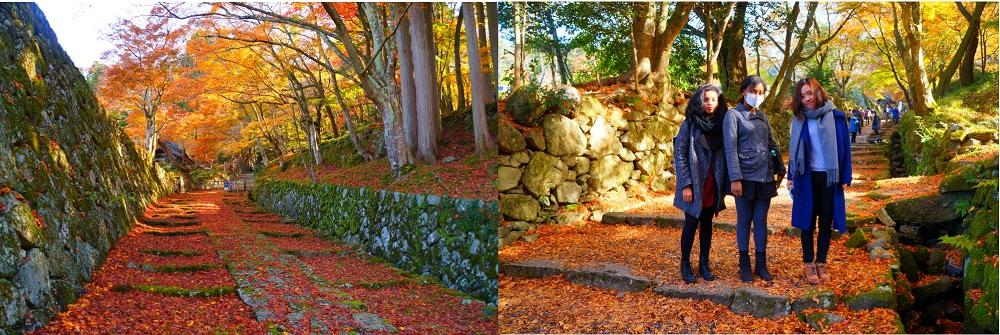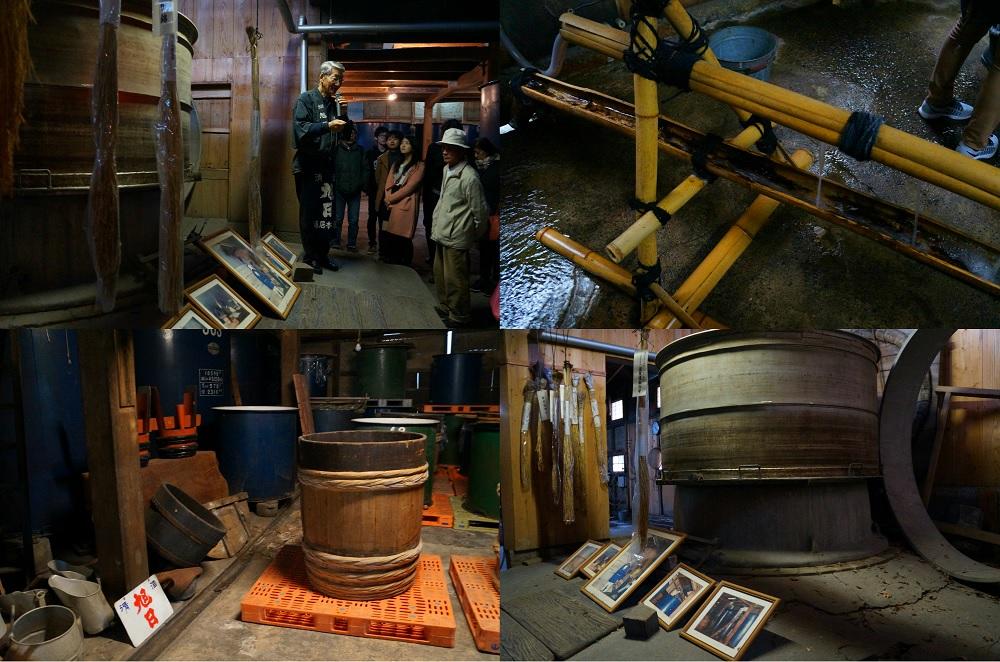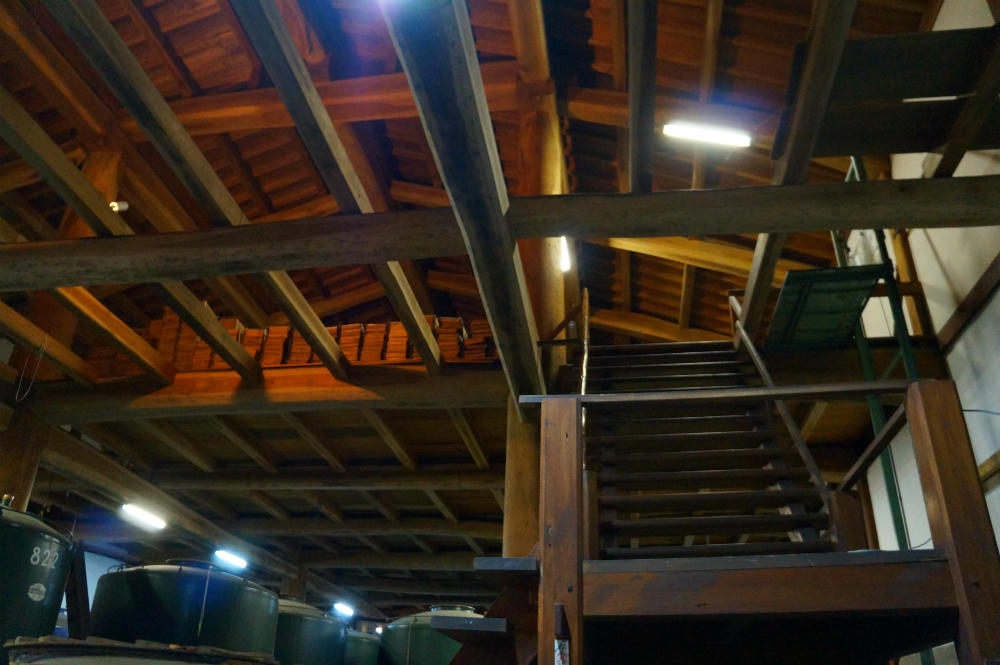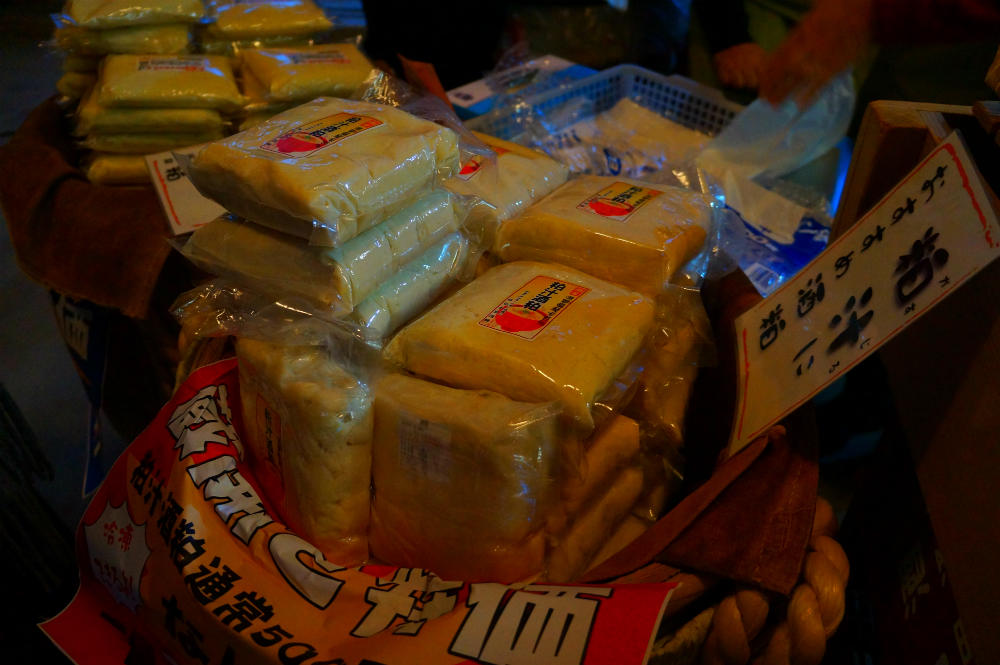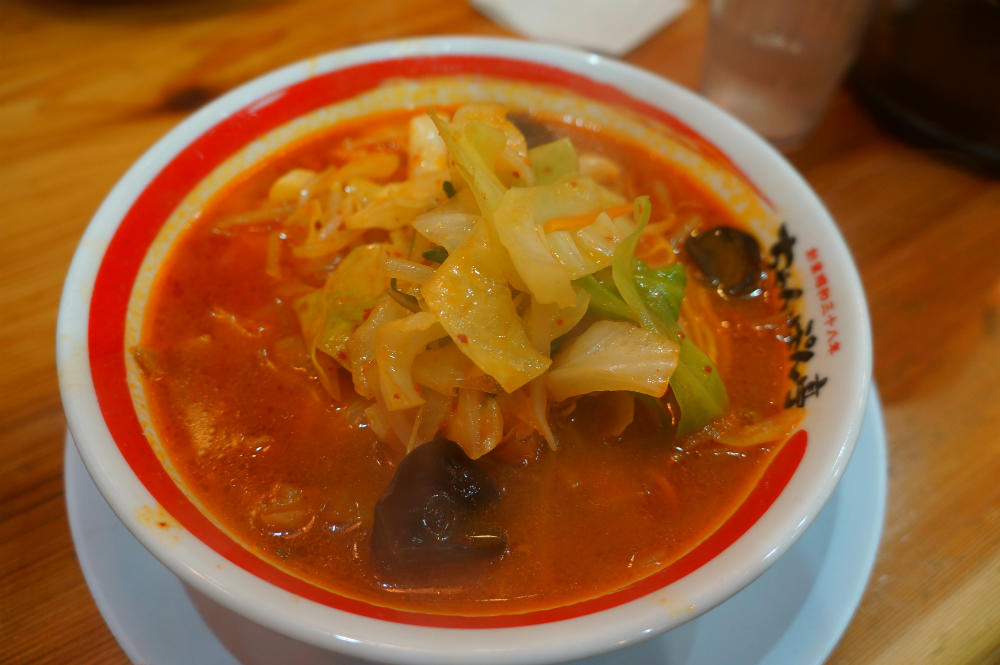Hyakusaiji Temple
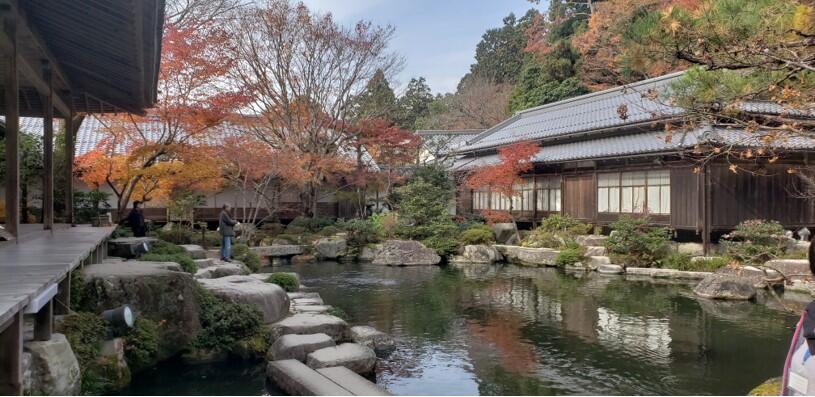 Near the entrance was a giant, bear tree when we went, which I am sure would be beautiful when spring comes. However nearby there are plenty of red, maple trees to appreciate. After a short walk past the entrance, there is a large pond filled with koi. There are a few colorful ones, but the majority appeared to be black. The fish are quite feisty and there is fish food nearby that you can pay for. I would recommend trying to feed them if there is fish food that you can purchase. Of course, the pond is situated around plenty of colorful trees, so there is a beautiful view all around the it.
Near the entrance was a giant, bear tree when we went, which I am sure would be beautiful when spring comes. However nearby there are plenty of red, maple trees to appreciate. After a short walk past the entrance, there is a large pond filled with koi. There are a few colorful ones, but the majority appeared to be black. The fish are quite feisty and there is fish food nearby that you can pay for. I would recommend trying to feed them if there is fish food that you can purchase. Of course, the pond is situated around plenty of colorful trees, so there is a beautiful view all around the it.
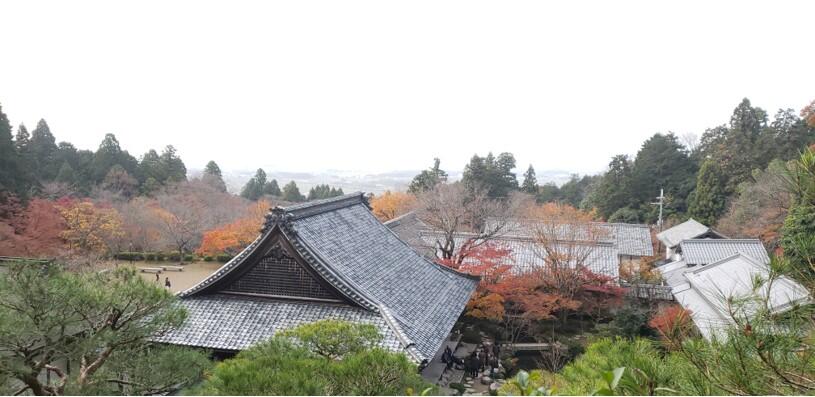
Further up the path, there were a lot of yellow and orange leaved trees when we had gone. That is not to say there were not any red leaves at all, but rather the temple had the most variety of leaf colors among the temples I have visited for autumn leaves. Near the top was also giant bell that people could ring, so feel free to try it. Near the mountaintop you could hear monkeys sometimes, and if you're lucky enough you might see one too.
Kyorinbo Temple
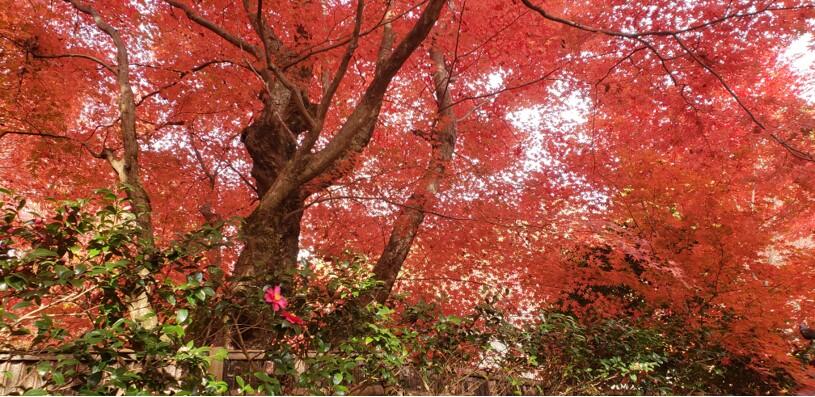
My first impression of entering Kyourinbou was how colorful the leaves were even at the beginning of december. The walking path was filled with autumn leaves, which made me constantly stop to take pictures. Although the walking path is not particularly long, the scenery rivals that of any larger temple. There was nearly nothing that I did not want to have a picture of when I went.
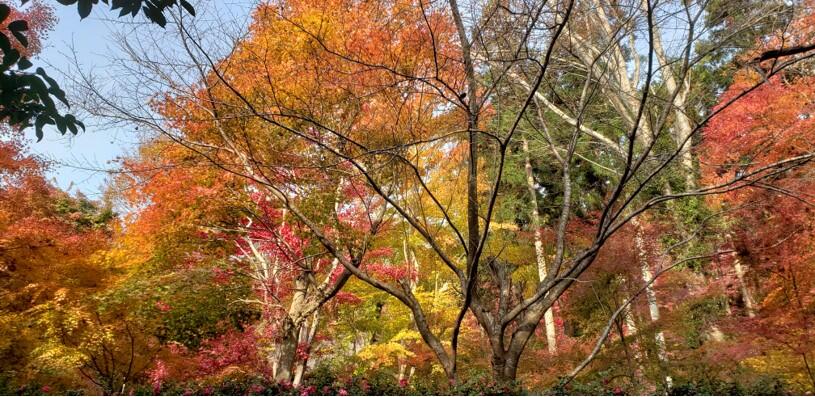
Situated near the center of the path was a shrine facing the pond. While there were a decent group of people sitting crouching and taking photos, I would not say that the area felt crowded. The pond has a terraced, moss-covered rocks that are right in front of Japanese maples trees. Watching the leaves fall and float in the pond up was a one of the kind experience.
(Author : Robin Zhang / JCMU student, 2019)
